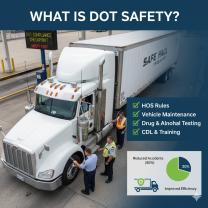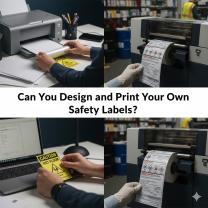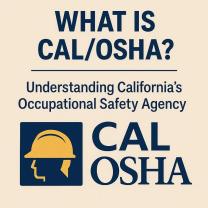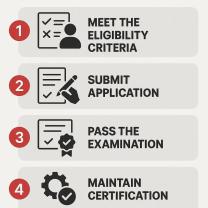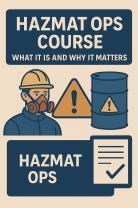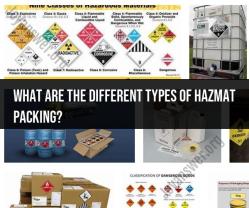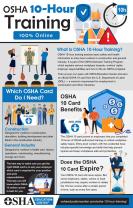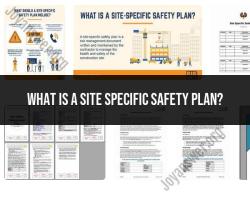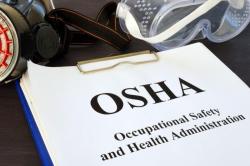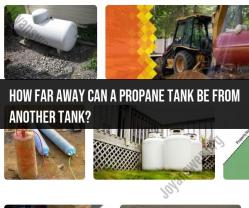What is OSHA approved first aid kit?
What Is an “OSHA Approved” First Aid Kit?
Technically, OSHA (Occupational Safety and Health Administration) does not approve or certify first aid kits. Instead, OSHA requires that employers provide adequate first aid supplies that are readily available in the workplace (29 CFR 1910.151(b)).
To meet this requirement, OSHA refers employers to ANSI/ISEA Z308.1 (American National Standards Institute / International Safety Equipment Association) as the minimum standard for workplace first aid kits.
So, when people say “OSHA approved first aid kit,” they really mean:
A kit that meets ANSI/ISEA Z308.1-2021 standards, which OSHA recognizes as sufficient for compliance.
Minimum Requirements (ANSI/ISEA Z308.1-2021)
Two classes of kits are defined:
Class A Kit
Designed for common workplace injuries (small cuts, burns, sprains).
Must include items such as:
Adhesive bandages
Sterile pads
Burn treatment
Antiseptic wipes
Tape
Scissors
Gloves
CPR face shield
Class B Kit
Intended for higher-risk environments (construction, manufacturing, warehouses).
Includes all Class A items plus more for severe injuries:
Larger bandages
Tourniquet
Splints
More antiseptics and burn dressings
Eye wash
General OSHA Guidelines
Supplies must be adequate for the type of workplace hazards.
Kits must be easily accessible to all employees.
A designated person should maintain and restock the kit regularly.
In remote or high-risk workplaces, OSHA may require trained first aid personnel on site.
Summary
OSHA doesn’t “approve” kits but requires employers to provide adequate supplies.
The ANSI/ISEA Z308.1 standard defines what should be in a compliant kit.
Choose Class A for low-risk offices/retail, Class B for construction, factories, or other hazardous work sites.
What Makes a First Aid Kit OSHA Approved
An "OSHA-approved" first aid kit is not a specific product but rather a set of guidelines from the Occupational Safety and Health Administration (OSHA) that an employer must follow. OSHA Standard 29 CFR
Required Contents of an OSHA First Aid Kit
The ANSI/ISEA Z
Adhesive bandages: A variety of sizes for minor cuts and abrasions.
Gauze pads: For covering larger wounds and controlling bleeding.
Roller bandages: For securing dressings and providing support.
Trauma pads: For controlling severe bleeding.
Antiseptic wipes and hand sanitizer: To clean wounds and hands before and after treatment.
Burn treatment: Such as burn dressings or gels.
Cold packs: For sprains and minor swelling.
Eye wash or saline solution: For flushing eyes.
First aid guide or instructions: A clear, concise guide on how to administer first aid.
Gloves and a resuscitation mask: Personal protective equipment (PPE) for the first responder.
Scissors and tweezers: For cutting materials and removing splinters.
Class A kits are for common workplace injuries, while Class B kits contain a greater quantity and variety of supplies to deal with more serious injuries in higher-risk environments.
How to Maintain and Inspect the Kit
Regular maintenance and inspection are critical for ensuring a first aid kit remains OSHA compliant and ready for use. A designated person, such as a safety officer or trained employee, should be responsible for this task.
Regular checks: Inspect the kit at least monthly, or more frequently if it is in a high-use or high-hazard area.
Check expiration dates: All consumable items, like antiseptic wipes and medicines, have expiration dates and must be replaced before they expire.
Replace used items: Immediately replace any supplies that have been used. A fully stocked kit is essential.
Keep a log: Maintain a log of inspections and replacements to demonstrate compliance. This log can be a simple checklist on the inside of the kit or a separate record.
Proper storage: Ensure the kit is easily accessible, clearly marked, and stored in a clean, dry location.
Training Staff to Use the First Aid Kit
Simply having a first aid kit is not enough to be compliant. OSHA requires that someone on-site be trained in first aid and CPR, depending on the workplace. The number of trained staff should be appropriate for the size of the workforce and the nature of the hazards.
First aid and CPR certification: Ensure employees are certified through a recognized program, such as the American Red Cross or American Heart Association.
Hazard-specific training: Training should be tailored to the specific hazards of the workplace, such as chemical burns or machine-related injuries.
Location and contents awareness: All employees should be trained on the location of the first aid kits and the types of supplies they contain.
Emergency procedures: Employees should know the emergency procedures, including who to contact and how to report an injury.
Differences Between OSHA and Non-OSHA Kits
The main difference is the intended purpose and regulatory basis. A non-OSHA kit, or a standard home first aid kit, is designed for general, non-occupational use. While it may contain similar items, it does not need to meet the stringent requirements of the ANSI/ISEA Z
Compliance: An OSHA-compliant kit is specifically for a workplace and is designed to meet regulatory requirements to protect employees.
Contents: OSHA-compliant kits (Class A and B) have specific, minimum requirements for their contents, while a non-OSHA kit can contain any assortment of supplies.
Maintenance: OSHA requires regular inspection and maintenance to ensure the kit is always ready and compliant. A non-OSHA kit for personal use is a matter of individual choice.
Training: An employer is required to have a trained first responder for an OSHA-compliant kit, which is not necessary for a general use kit.


